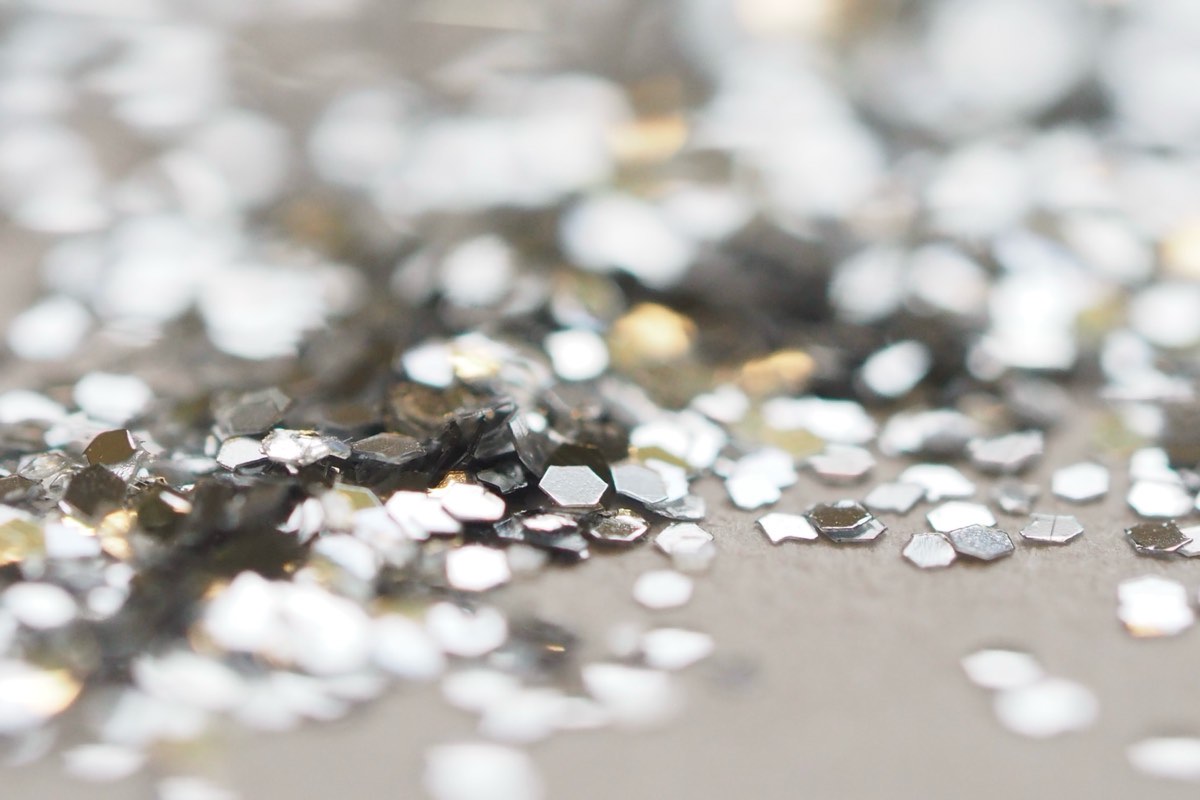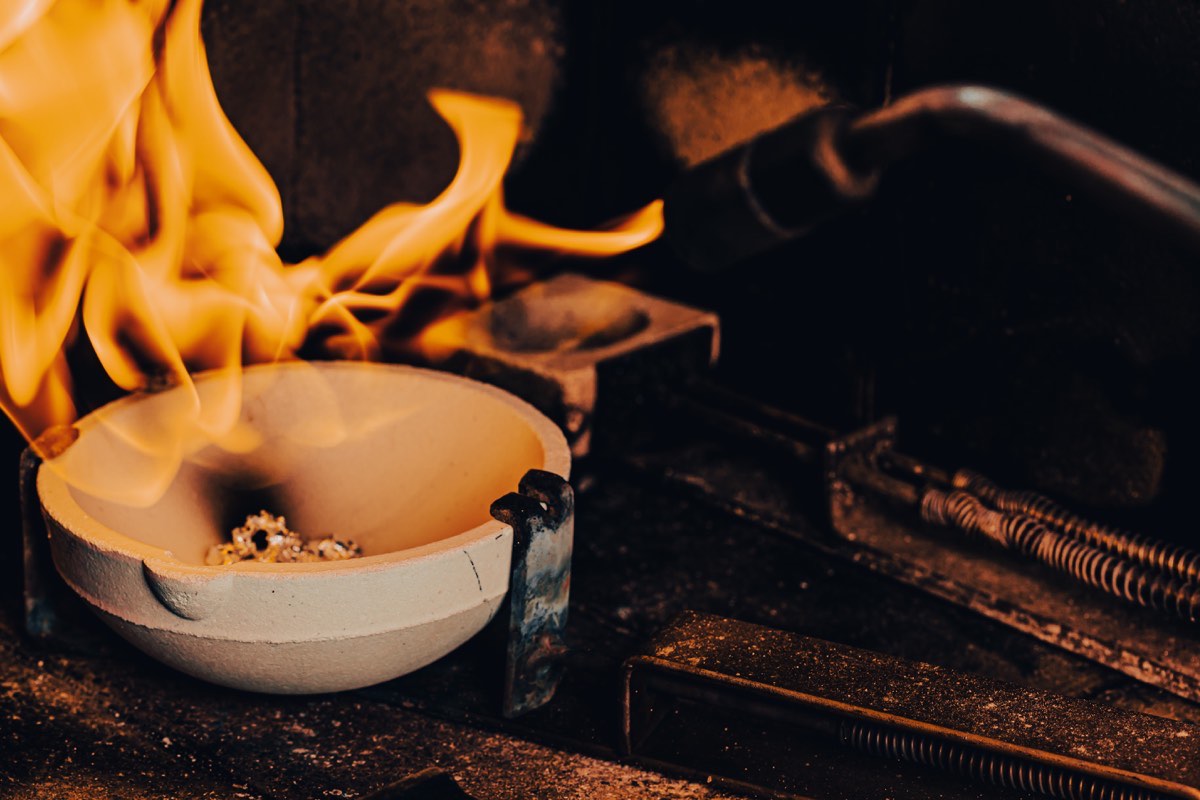AROM.'s jewelry is mainly made of 925 silver.
What is Silver 925?
We sometimes receive questions like this.
There are many different metals on this earth.
Among them, the precious metals designated for jewelry are:
There are four types of metals: gold (Au), silver (Ag), platinum (Pt), and palladium (Pd).
The definition of a precious metal is
"A general term for rare metals that are difficult to compound with."
And it's on Wikipedia .
In English, precious metals are called “precious metals,” and they are considered to be rare metals.

Silver, one of these metals, is inexpensive among precious metals, but
It is a metal that has monetary value, as can be seen from the fact that it has been used for gold and silver coins since the ancient Greek and Roman civilizations.
Silver has a beautiful white shine and is easy to process, so it is one of the metals often used for jewelry. However, the problem is that it is a very soft metal. If you make jewelry out of 100% silver, the shape may easily become deformed.
Therefore, the alloy that is made by adding a small amount of copper to increase the hardness is called Silver 925. 925 represents the percentage of purity, meaning that it is 92.5% pure silver.
The remaining 7.5% is copper, and this alloy is also called sterling silver in English. This ratio is the most commonly used composition in silver jewelry today.
Jewelry made with 925 silver alloy will have the words 925, SV925, or sterling stamped somewhere on the piece.
In addition, in Italy and other European countries, it is mandatory to stamp a brand-specific number issued by the country in addition to this stamp.
This is meant to guarantee the purity of the product, and any fraudulent claims about purity will be severely punished.
In Europe, the existence of precious metal jewelry is valuable as currency or an asset, and some people may use it for bad purposes.

On a slightly different note, I studied metalworking in Milan.
Therefore, the process is based on Italian jewelry making.
The first thing that surprised me when I returned to Japan was that already-processed 925 silver wire and plates could be purchased at jewelry supply stores.
In Italy, pure silver pellets called sasabuki are mixed with copper pellets and melted using a burner.
The molten alloy liquid is poured into a mold, and the cooled mass is gradually stretched and drawn with rollers to form round wire or plate.
At this point, you have to calculate the proportions yourself and mix the pure silver and copper, so you have to be careful and measure it multiple times to avoid any mistakes.
In particular, since only a small amount of gold is melted at one time, errors are likely to occur, so we would add a little more pure gold to avoid any chemical composition issues.
Also, the feeling of despair when you suddenly run out of materials, even if just a little.
Since we have to start by melting it and making an ingot, it takes a considerable amount of time and effort to prepare the required width and thickness.
I was really surprised at how convenient it was to be able to get it in an already processed state.
I realized that Japan is truly convenient in every way.
When it comes to materials used in jewelry, including silver, the purity of the bullion is what matters; it's not the case that something is more valuable because it's from a certain place.
There are many leather product brands that claim, "We use the same leather as Hermes."
I think it is no exaggeration to say that jewelry brands that use silver 925 (including, of course, AROM.) use the same silver as Tiffany and Hermes.

![[NEW] Two Finger Double Ring | 2504R011010](http://store.aromjewelry.com/cdn/shop/files/06_7d68251e-f5ea-4308-bea9-dfbc99e8478a.jpg?v=1762468724&width=3840)
![[NEW] Two Finger Double Ring | 2504R011010](http://store.aromjewelry.com/cdn/shop/files/05_594953f0-248f-463b-a229-d6a0125dfaae.jpg?v=1762468724&width=3840)
![[NEW] Two Finger Double Ring | 2504R011010](http://store.aromjewelry.com/cdn/shop/files/08_55f3cd23-4eb0-4cff-b8b5-a4624ec673dc.jpg?v=1762468724&width=3840)
![[NEW] Two Finger Double Ring | 2504R011010](http://store.aromjewelry.com/cdn/shop/files/07.jpg?v=1762468724&width=3840)
![[NEW] Two Finger Double Ring | 2504R011010](http://store.aromjewelry.com/cdn/shop/files/09.jpg?v=1762468724&width=3840)
![[NEW] Two Finger Double Ring | 2504R011010](http://store.aromjewelry.com/cdn/shop/files/10.jpg?v=1752295950&width=3840)





![[NEW] Leather key holder necklace | 2503N011919](http://store.aromjewelry.com/cdn/shop/files/L4K6790.jpg?v=1764056149&width=3840)
![[NEW] Leather key holder necklace | 2503N011919](http://store.aromjewelry.com/cdn/shop/files/L4K6789.jpg?v=1764056149&width=3840)
![[NEW] Leather key holder necklace | 2503N011919](http://store.aromjewelry.com/cdn/shop/files/L4K6791_5869b2c2-7a5c-4682-802e-af73af81f1a7.jpg?v=1751683312&width=3840)
![[NEW] Leather key holder necklace | 2503N011919](http://store.aromjewelry.com/cdn/shop/files/L4K6796.jpg?v=1751683312&width=3840)
![[NEW] Leather key holder necklace | 2503N011919](http://store.aromjewelry.com/cdn/shop/files/L4K6821.jpg?v=1751683312&width=3840)






























